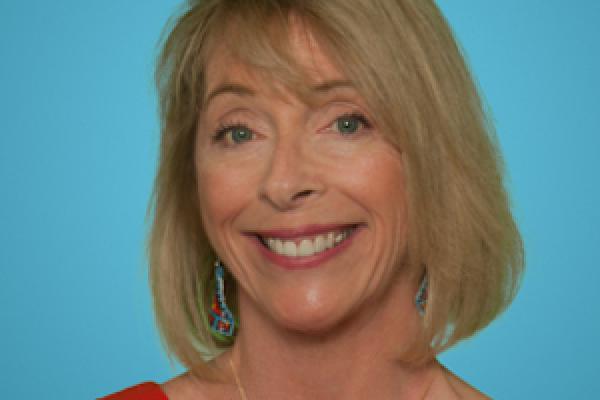AIS welcomes back Dr. Christine Ballengee Morris as the Director of American Indian Studies!

Dr. Christine Ballengee Morris is a Professor in the Department of Arts Administration, Education and Policy, was founding Director of the Multicultural Center at Ohio State, and former Coordinator of American Indian Studies. Dr. Ballengee Morris' research interests include self-determination, earthworks, identity development, Indigenous arts, integrated curricula, service-learning, and artsbased research. Prior to coming to Ohio State, Dr. Morris worked as a curricula developer for a children's art museum in Charleston, WV and taught in public schools for over a decade. In addition to her scholarship and teaching, Dr. Ballengee Morris is a performing artist, who has held numerous artists-in-residence positions in several states with her late husband, David E. Morris.
She has served as editor for Art Education, commentary editor for Studies and several other editorial boards. Her service includes being a National Art Education Fellow and past president of the United States Society for Teaching through Art. Dr. Ballengee-Morris's teaching experiences include: fourteen years in the public school system, twenty years as an artist-in-residence in public schools and five countries, higher education since 1992, and international teaching. In 2007, she coauthored a book titled Interdisciplinary approaches to teaching art in high school (NAEA Publications), 2012 Stand Up For Change, and 2019 Transforming Our Practice. She has received, 2008 National Art Education Higher Education Western Division Award; the 2007 Ziegfeld Award for Diversity; the 2006 National Art Education Grigsby Award (research in and commitment to diversity); 2000 OSU-Newark research and service award; NAACP Licking County, Ohio’s Young Native American Woman leadership award and The Ohio State University’s Diversity Award (2014).
Ballengee Morris’ research interest include self-determination, identity development, Indigenous arts, integrated curricula, service-learning, visual culture, and arts-based research. Her work was influenced by Paulo Freire and was given an opportunity to meet and interview him in 1996. Her research and service to the field demonstrate her commitment to education as an agent of community change.
